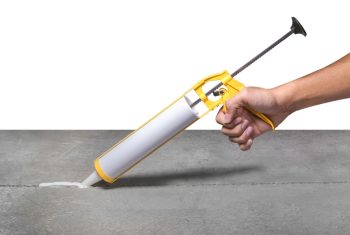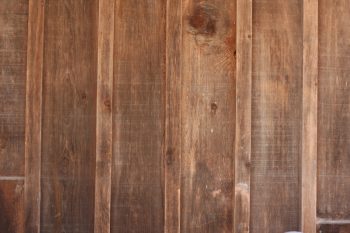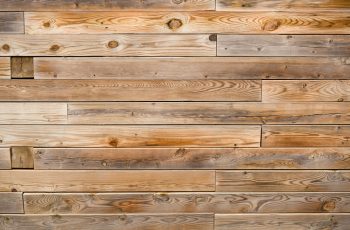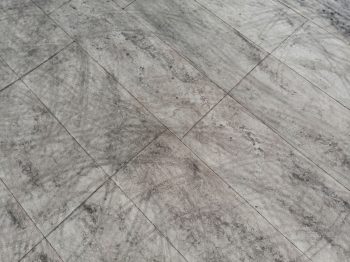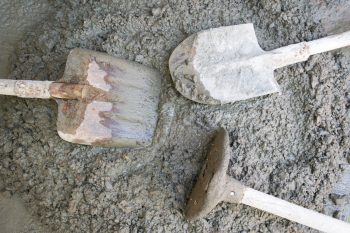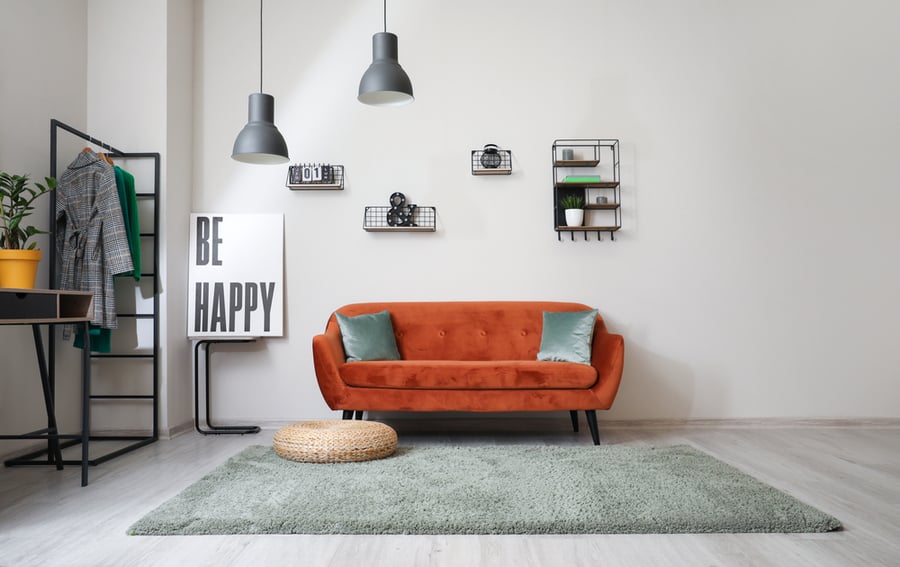
Whether you want an easy change in your home, hide some ugly carpet in a rental, or provide a dancing surface for an event, temporary flooring is a great solution. It is very straightforward to install and only requires an underlay with higher pile carpets.
Installing temporary flooring over your carpet is straightforward when you keep in mind the following:
- Using plywood can help provide stability and prevent damage.
- Thoroughly cleaning the carpet before installation will ensure proper interlocking of the new floor.
- Limiting moisture reaching the carpet underneath a temporary floor is very important, as mold can destroy the carpet.
Let’s talk about the most common types of temporary floors and how to install them on short and long pile carpets. Then, I will provide some tips and tricks when installing temporary flooring over the carpet.
Common Types of Temporary Flooring
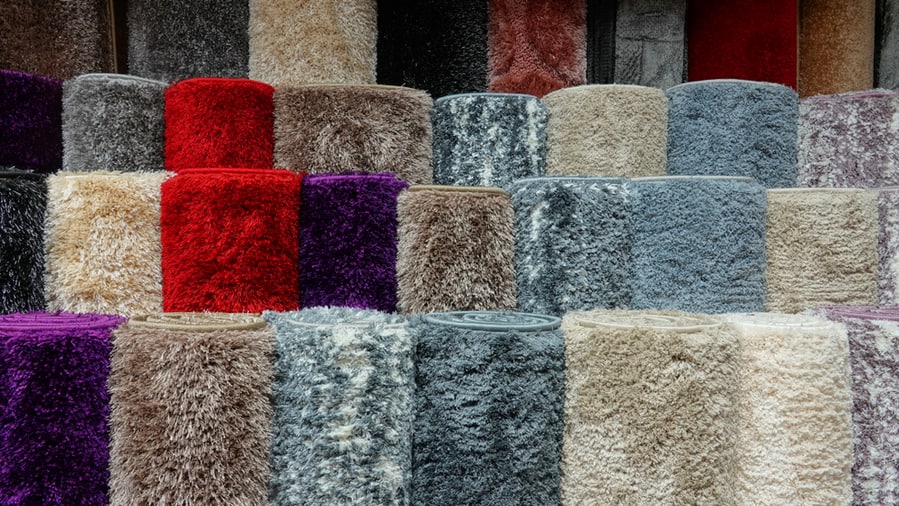
There are three types of temporary flooring usually chosen for installation over carpet. Each has its advantages and disadvantages.
Laminate
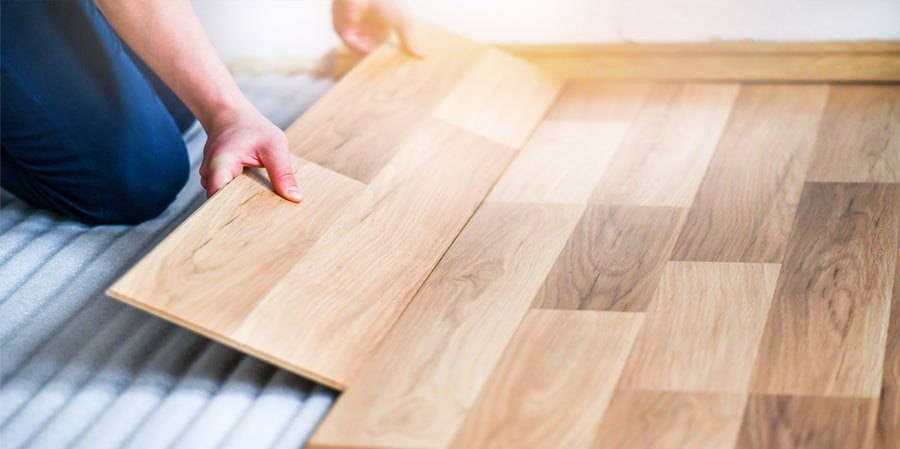
Laminate floors are a popular choice for temporary flooring because they can be installed in an entire room floating. This means that they do not need to be anchored to the subfloor.
They are also very easy to install since many include a tongue and groove design, which lets them lock together.
This interlocking system creates a perfectly smooth surface on both the top and bottom of the floor, meaning it is very unlikely to damage the carpet underneath.
Vinyl

Vinyl floors are also commonly installed floating. Vinyl floors can have the same tongue and groove design as many laminate floors or interlock-like puzzle pieces.
Both are effective as flooring options over the carpet, but the pile may get crushed if the carpet is directly under this second type of interlocking system.
Carpet Squares
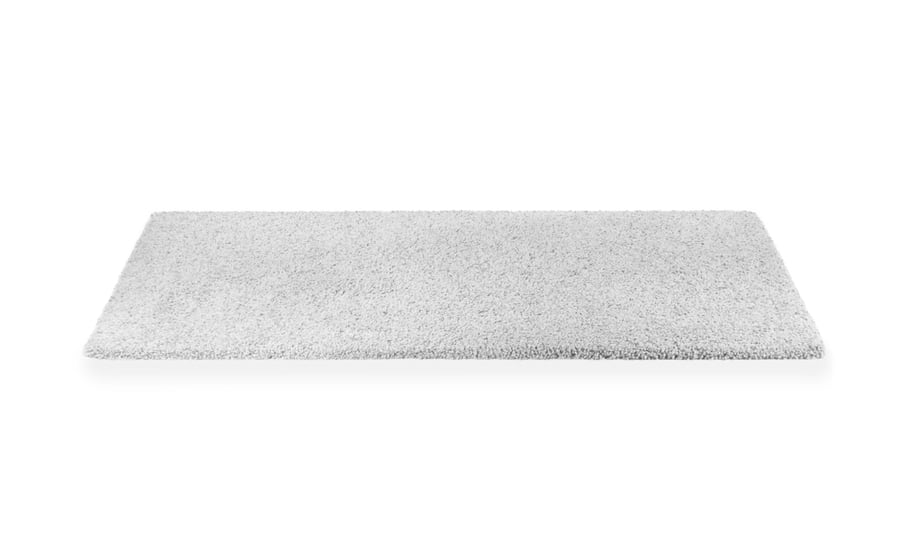
The final temporary floor usually used is carpet squares, which interlock with one another to form a repeating pattern.
This floor is ideal when you still want carpet but, for some reason, want to hide the one you already have.
However, this is by far the least waterproof of the options, meaning there is an increased risk of mold growth in the event of a spill.
2 Ways To Install Flooring Over Carpet
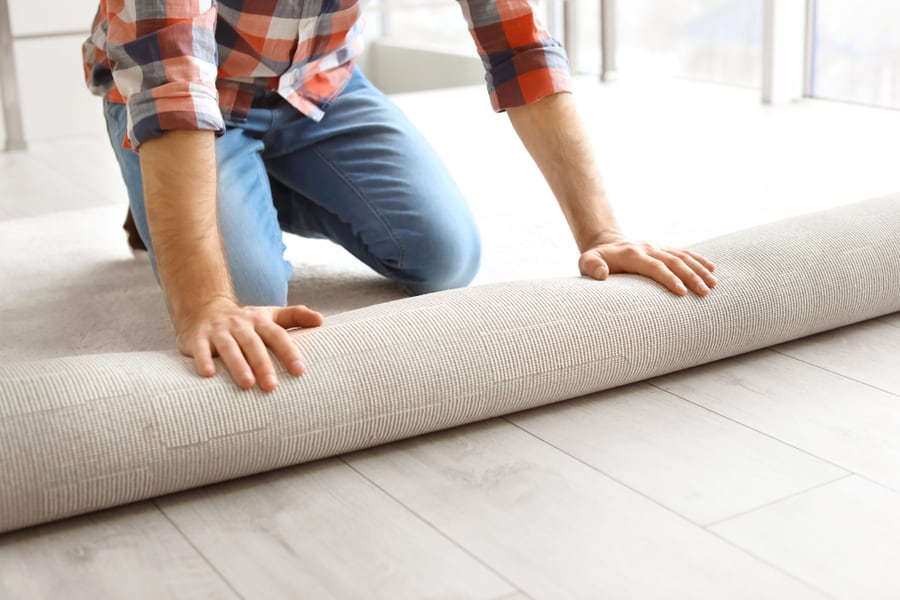
Because this flooring is temporary, I assume you want to preserve the carpet underneath.
Both methods are similar but are adjusted for the type of carpet under the new floor.
1. Installing Over a Short Pile Carpet
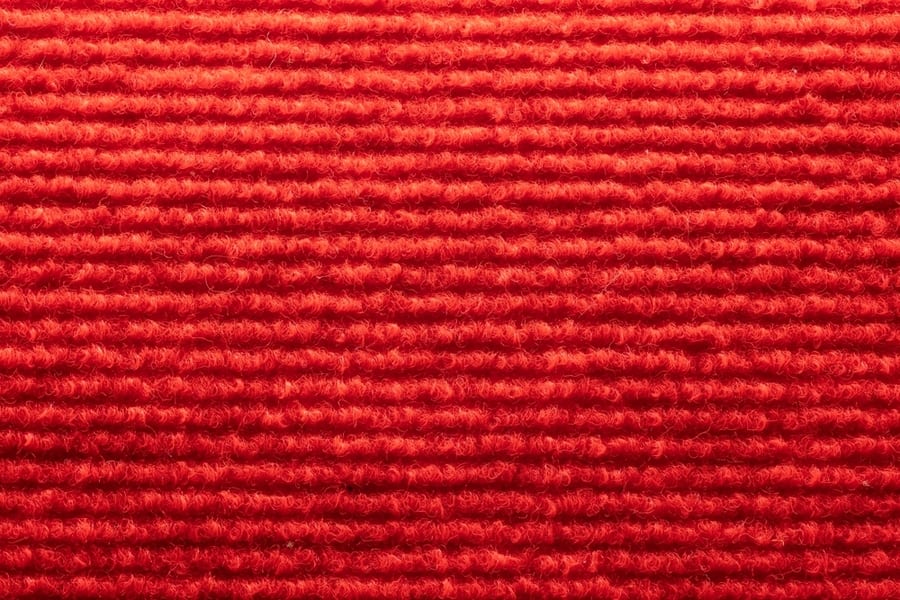
Installing temporary flooring over short pile carpet is generally easier than the alternative.
The short pile provides a solid base for the floor.
Supplies
- Rubber Mallet
- Temporary Flooring of Choice
- A Hammer
- Some Nails
- A Vaccum
Process
- Begin by removing everything from the floor, like furniture and other objects.
- Gently use the hammer to pry off the baseboards and collect them off to the side.
- Clean the room thoroughly with the vacuum to remove any debris that could become stuck under the new floor.
- Using the rubber mallet, install the new flooring by hitting the pieces together until they are securely interlocked.
- After the entire floor has been installed, reattach the baseboards with the hammer and nails.
- Clean the new floor.
- Replace all the furniture and other objects.
2. Installing Over a Long Pile Carpet
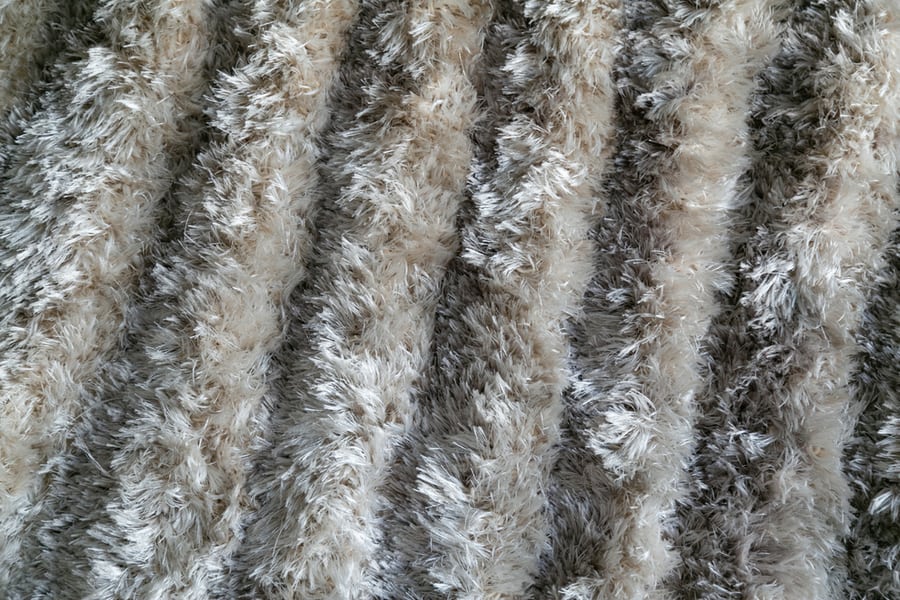
You must take additional precautions when installing a temporary floor over a long pile carpet.
The long pile does not provide a good surface for a floating floor to rest so we will add plywood.
Supplies
- Rubber mallet
- Temporary Flooring of Choice
- Plywood
- A Hammer
- Some Nails
- A Vaccum
Process
- First, remove everything from the area where you will install the temporary floor.
- Remove the baseboards using the hammer.
- Vacuum the area thoroughly to remove anything that could become trapped under the floor.
- Next, lay down plywood sheets to cover the entire area.
- Use tape to secure the sheets of plywood together if you use multiple.
- Ensure the plywood is lying flat and is free of any major bumps.
- Install the temporary floor with the rubber mallet by gently hitting the edges until the pieces lock together.
- Once the entire floor has been installed, use the hammer and nails to replace the baseboards.
- Clean the new floor.
- Replace the furniture in the room and enjoy!
Potential Problems With Temporary Flooring
When using temporary flooring over carpet, a couple of issues can arise.
Water Damage

Because you are introducing another layer on the floor, there is a different place for moisture to become trapped in the event of a spill. This is less of a concern for vinyl floors since vinyl is waterproof.
If moisture does become trapped between the temporary flooring and the carpet, it is unlikely to dry on its own and will instead become moldy. If this is a widespread problem, it can completely ruin the carpet.
Tearing or Pulling on the Carpet
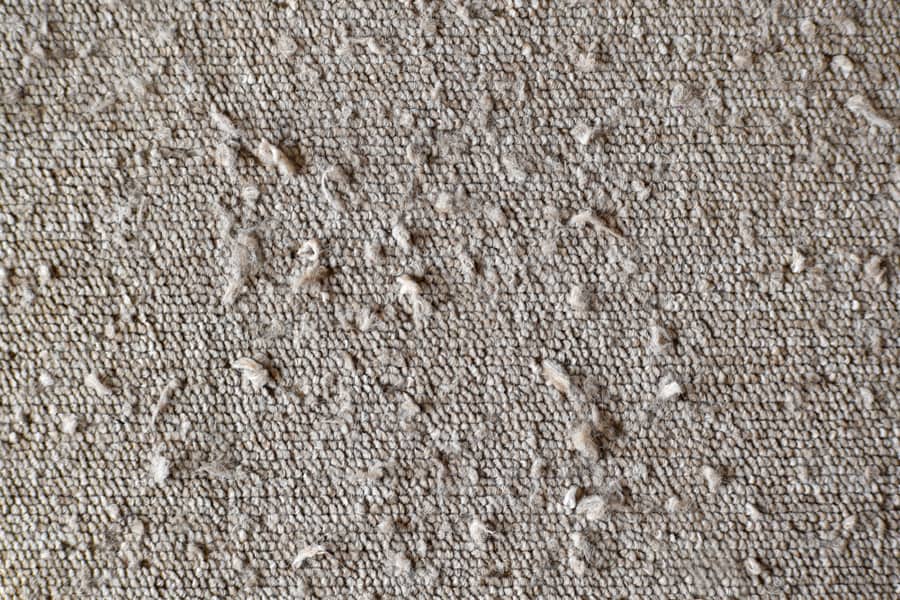
When installing interlocking floor systems over a carpet, there is a risk that the fibers of the carpet will become caught in between the pieces of the new floor. This can pull out and unravel sections of the carpet.
This can be prevented by working slowly and carefully and putting down plywood between the carpet and the temporary floor.
Crushing the Carpet Pile

The least of the potential problems is that a longer carpet pile will become smushed or crushed under the temporary flooring. Usually, this smashing can be vacuumed out.
However, if the temporary floor remains for years and has heavy objects placed on it, it can be permanent.
Conclusion
You can easily install a temporary floor over the carpet using a rubber mallet and a hammer.
Choosing the right flooring type for your needs and installing it carefully will prevent any damage to the carpet underneath.
Frequently Asked Questions
Can I Install Temporary Flooring in My Rented Apartment Over the Carpet?
Yes, although I would advise receiving the landlord’s permission in writing first. Using plywood under the temporary flooring is the safest way to enjoy your new floor without damaging the carpet underneath.
Which Type of Temporary Flooring Is Best for Pets?
The best type of temporary flooring for pets is vinyl flooring. This is because it is waterproof and easy to clean. As a bonus, you can buy scratch-resistant vinyl to avoid damage from claws.
